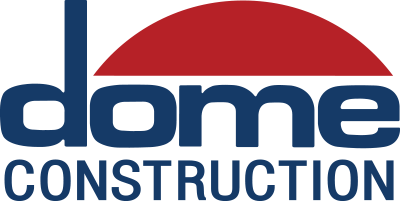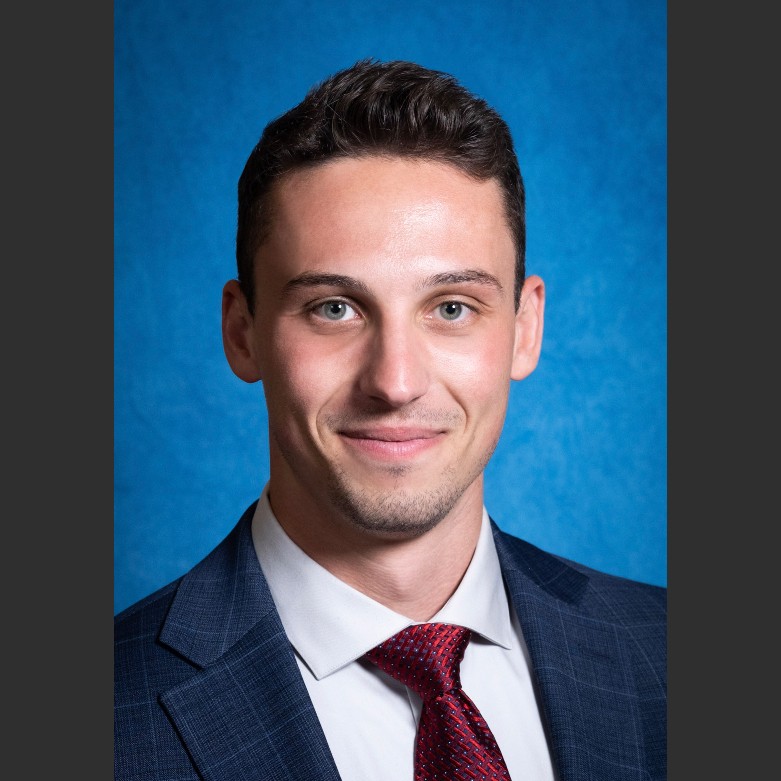Dome Construction & AGC of California Present a COVID-19 Construction Industry Panel Discussion
The COVID-19 Pandemic has been a challenge for everyone. For the construction industry, it presents unique challenges, and navigating those has been difficult for general contractors, trade partners, designers, and clients.
Learn from the experts and be better informed about navigating COVID-19 challenges in construction. Join Dome Construction, AGC, Fisher Phillips, Arthur J. Gallagher, and Donnell, Melgoza & Scates, LLP, for a panel discussion about COVID-19 and the construction industry.
Our Panelists & Moderators
Video Highlights
Cal/OSHA's ETS Key Requirements
“Ensure you establish, implement, and maintain an effective written COVID 19 Prevention Program and provide training and instruction to employees in certain areas.
There are also notification requirements under CAL/OSHA’s ETS when there’s a COVID 19 case in the workplace. Their notification requirements are also under the Labor code, so this is an area of compliance with CAL/OSHA ETS and a Labor code.
Employers also must provide exclusion to pay to employees when they are excluded from the workplace because of a COVID19 case in the workplace, and employers must comply with certain testing obligations.
Obligations when there’s an outbreak in the workplace, and then there are also additional obligations when an employer provides housing our transportation to employees.”

– Hannah Weiss
06:00 min
Cal/OSHA's ETS Key Requirements
“You can expect that, even though the COVID itself may become less of a focus, the aerosol transmissible disease regulations will change drastically during the next two years. So we’re going to be looking at a different picture”

– Manuel Melgoza
13:10 min
How would CAL / OSHA prove that it was a workplace exposure to COVID 19?
“You need to see what type of work is involved because some requirements would bring you within reach of that presumption… So you have to be careful screens on how you label these because the requirements differ; if you don’t consider it a COVID case, then CAL OSHA has all these other procedures that they want you to fulfill, and if you didn’t do them that’s a violation right there…
My experience is that the inspectors love it when the employers do a thorough overview investigation and provide a lot of information that they can use to establish a violation. The more you do, the more ammunition you give, so you have to be careful what you put in writing…”

– Manuel Melgoza
26:07 min
What to document on a worksite and how?
“At least the key pieces I need to collect to comply with the regulation. We have put together a contact tracing kind of sample that you can follow; if I have a case, here are some questions I should be looking at and asking. And again, maybe thinking about not paying too much detail, but at least following and gathering the minimum information I’m going to need. To comply with the regulation and take the appropriate steps if I need to exclude somebody or do anything further…”

– Hannah Sweiss
42:00 min
Notice
“Once we get notice of a COVID 19 case… then we’re going to need to provide, within one business day, a written notice to employees in the manner that we usually use to communicate employment-related information. And that employee within one business day should receive that communication…
But you know, I think that if you see a lot of your employees speak another language, you should be providing it in that other language…
And then one other point is that the notice should not reveal the COVID 19 cases’ identity or any other confidential medical information.”

– Hannah Sweiss
54:34 min
Prevention Program
“It’s important to have a good written COVID 19 Prevention Program.
And then the training that must be provided, again, has to meet specific criteria and must have certain information in that training.
And then, the employer shall maintain records of the written notice vacations for at least three years, so it is important to keep in mind that when you do those notices, you must keep a record of those notices.”

– Hannah Sweiss
57:00 min
Exclusion Pay
“Employers must pay employees who are excluded from the workplace. If they are, you know, excluded because of a COVID 19 case in the workplace, so remember going back to our scenario, if there was a COVID case and then an employee that was in close contact had to be excluded because they weren’t fully vaccinated or they weren’t vaccinated, then you would have to pay that employee that’s out.”

– Hannah Sweiss
1:00:33 min
Masking
“On the legal front, I think one of the things that will have to be resolved, and fairly quickly on this within the next year, is a masking requirement.”

– Hannah Sweiss
1:07:33 min
Identifying How Long Pricing Can Hold
“Once you get hired before you signed a contract and you need to create deadlines for change orders and pricing I think the pricing is that in excess of 30 days. In the current environment is too risky for contractors, you cannot afford to wait 45-60-90 days, while you’re negotiating because those prices are going to change and you’re not gonna be able to sustain your pricing, with an owner after 90 days.
Then conversation draft carefully your contracts. Change or provisions price increase provisions escalation provisions and then my favorite provision of them all, Is notice notice notice when you negotiate your contract, make sure you understand what your notice provisions say…”

– Jose Pineknagura
01:17:37 min
Notices and Contracts
“One of the things I’ve been recommending to some clients is that the job is big enough it’s worthwhile at this point, putting somebody in there that’s the chief of notices in the contract, you need to follow that contract, you need to be careful.
And then over-communicate when you have your weekly, monthly meetings with the owner, let him know what’s going on.
And when you are negotiating the contract, make sure that your attorneys are very careful in limitations of liability…”

– Jose Pineknagura
1:19:40 min
Supply Chain Issues
“Understand how much you’re going to be able to do and how much you’re going to be able to produce because, at the end of the day, the general contractor is the one that’s on the hook.”
You need to create the proper timing; if you provide the owner a price, you can’t wait six months, you can’t wait five months to negotiate the price; they need to agree on the price now because that’s the only way, you can secure it from either your suppliers or your subcontractors, waiting is going to cost you money”

– Jose Pineknagura












